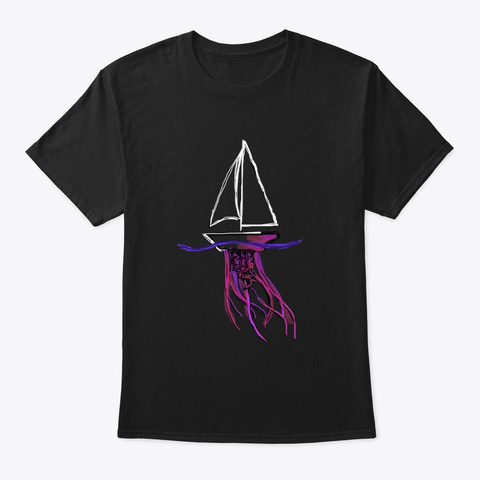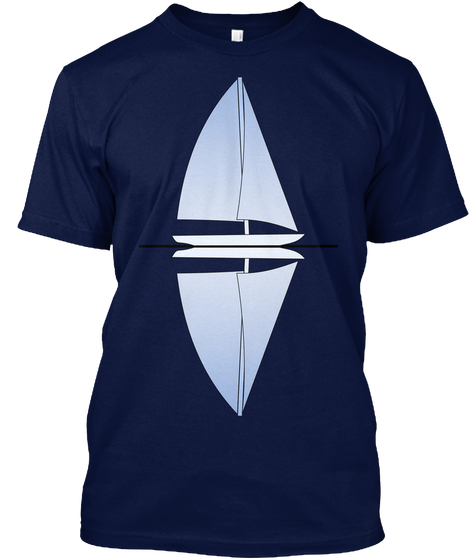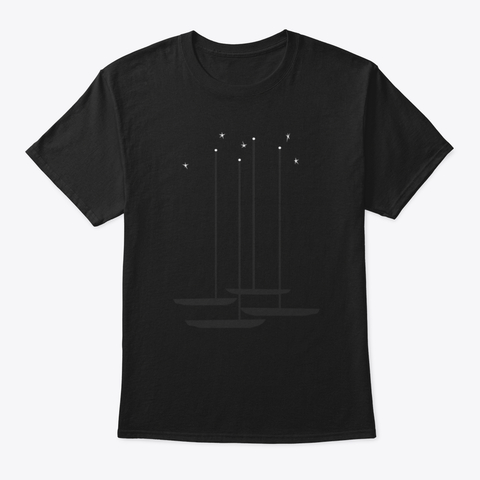Dedicated Trysail Track
A trysail is a small storm sail that is flown in place of your mainsail. It usually lives deep in a sail locker stuffed into a bag. Here it typically remains for the entire life of your yacht.
The idea behind a trysail is that should the winds pick up to severe speeds, you can drop your mainsail and raise the trysail. This takes all the stress off your mainsail and puts it solely on a dedicated and purpose built sail.
The problem in this narrative is that the sail is stuffed away where it is forgotten, and therefore, seldom used. In a storm, the last thing you want to do is root through a locker, pull out a sail, remove the mainsail, attach it to the luff, and then raise it. When a storm hits, you want to make your main smaller and get back to the cockpit as quickly as you can!
Having a dedicated track for the trysail allows you to set it up before you leave port so that should the situation arise, it is ready to go.
We flake and then ball up our trysail at the foot of the mast, where it remains laying in wait for the moment we might need it. We have the starboard sheet tied to the clew, so all we need to do is attach the port sheet once the mainsail has been lowered; and its dedicated halyard already attached.
When we need the sail in a hurry, we just drop the main and raise the trysail. The starboard sheet is set, so worst case scenario where we don’t have time to attach the port sheet before raising, we can sail on port tack. The clew of the trysail is low enough that I can easily reach it to tie on the port sheet after it has been raised without reaching overboard or far off the deck (I’m tall though).
With the trysail setup like this, we find that we use it very often, which makes our blue water passages very relaxing and safe, since we can don the storm sails just as easily as we could raise our working sails.
V-Berth Airflow
Airflow in our V berth is nonexistent. At anchor, the hatch provides some ventilation for our heads, while our feet remain stagnant. In a rough seaway, the hatch remains dogged down and all airflow stops.
Thos leads to mold and mildew in the forward cabin, which could all be remedied by better airflow.
The plan is simple, add a Dorade box and cowl vent forward of the V berth to bring fresh air into the forward cabin. This should help freshen the cabin and impede the growth of molds.
The problem is, waves and rough weather breaks over the bow first, making it critical that the Dorade box work perfectly to keep water from getting into the cabin.
Stay tuned as the Dorade box takes shape and the airflow issue becomes resolved.
Dorade Template
To increase airflow in the forepeak, we want to add a vent. This vent will be in one of the most challenging areas, as well as one of the most necessary areas.
The cowl needs to only let in air, and perfectly separate out water. Any water that comes through would then drip on our bed. Thankfully I had just finished designing a baffle system that will properly separate out the air from the water.
The dorade box fits nicely up next to our inner forestay, while keeping the the cowl in clear air while the sails are down.
Space on the deck is a premium, so finding a place that it fits the box well without impeding other deck hardware is imperative.
Space needs to exist for the windlass to operate, as well as space to stow the sails when they are flakes on the deck.
This plywood template served a useful purpose of allowing us to actually see what it will look like on the deck before anything gets cut or glassed.
Nos that we have found the perfect spot, it is time to build the real deal and glass it to the deck.
Failed Dorade Upgrade
The idea is simple, add baffles to our dorade box so that gushing waves don’t pour through and into the cabin.
I built a test box that would allow me to place baffles of different sizes in different positions to try and find the best combination to stop the flow of water while still allowing plenty of air to pass through.
Tests were very easy to carry out. I used a bucket of water to simulate a boarding wave, and simply dumped the whole thing in as hard as I could. Water would then roar and pour through the system, loosing its speed at each baffle, until it quelled before reaching the end.
Just two baffles seems to be the most effective at stopping water without disturbing air flow. One large one on the bottom and a smaller one at the top closest to the hole that opens for the boat intake.
The plan was simple and I was ready to retrofit the modifications to the old dorades!
The great ideas all came to a quick halt when I cut open the top of the dorade box. The box ranges from 3/4” thick to 1-1/2” thick of solid (no core) fiberglass. I am a strong believer that any modifications I do to the boat need to be equivalent or better than what was currently there. At this moment, I knew I had failed.
There was no way I could add to this box in such a way that would be as strong or stronger than what is currently there. I simply didn’t have the materials or time on hand to layup a 3/4” thick box with baffles. I was expecting the box to be between 1/4” to 1/2” thick, and probably cored with wood, not solid fiberglass.
It makes sense that it was so thick, as I frequently step hard on them when the boat heels over. Having a strong foot hold is key in a rough sea way while working on the deck. The thought of making them larger and then more prone to impact means that they should be even stronger than this!
With my tail between my legs, I began to think of alternatives. Suddenly the easiest alternative came to mind: turn the cowl away from the wind when in rough conditions.
Yes, something as simple as not having the cowl face forward in heavy seas had escaped my mind. When I go up to reef, I simply need to also rotate the cowls away from the wind.
I sit here on the deck, looking at this massive hole I need to fill back, and realize that all I needed to do was rotate the cowl.




















